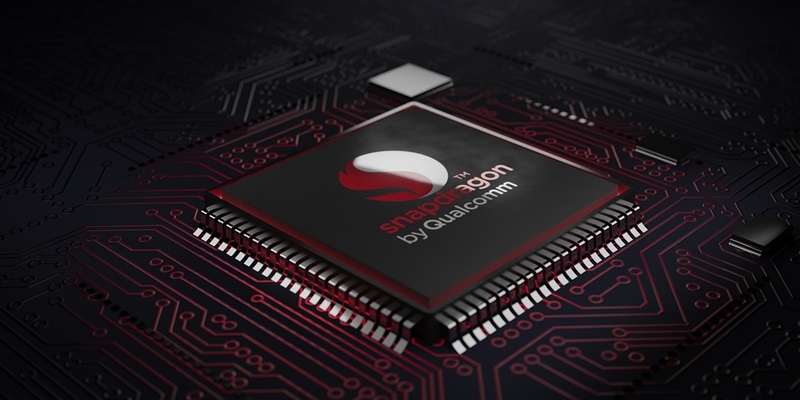Qualcomm’s latest creation, the Snapdragon 8 Gen 3 processor, marks a transformative moment in the smartphone sector. This innovative chipset introduces a rare combination of high functionality and affordability. By integrating this processor, midrange smartphones are now endowed with features formerly exclusive to high-end models. The Snapdragon 8 Gen 3 reflects Qualcomm’s strategic anticipation of a market trend where consumers increasingly seek top-tier smartphone capabilities without the flagship costs. With this development, the upper midrange segment stands to benefit significantly, paving the way for enhanced user experiences. Qualcomm’s move signifies a pivotal step toward democratizing cutting-edge technology, ensuring that a broader consumer base has access to superior processing power. The Snapdragon 8 Gen 3 is a harbinger of a new era in mobile computing, bridging the gap between cost and performance.
Bridging The Gap Between Performance and Affordability
The Snapdragon 8 Gen 3 processor emerges as a game changer for the increasingly competitive smartphone market. Crafted with a sophisticated 4-nanometer architecture, it exemplifies a blend of speed and power efficiency, characteristics pivotal for today’s mobile devices. The processor showcases a stellar combination of cores, with a prime ARM Cortex X4 core running at an impressive 3.0GHz, adequately supported by four performance cores at 2.8GHz and three efficiency cores at 2.0GHz. Such a configuration signifies Qualcomm’s commitment to delivering a seamless user experience that rivals the prowess of high-end processors while maintaining an attractive price point for manufacturers and consumers alike.
The innovation imbued in the Snapdragon 8 Gen 3 does not end with its central processing unit. This chipset extends its versatility to connectivity by incorporating the somewhat older yet reliable X70 5G modem. Additionally, it is forward-thinking with its compatibility with Wi-Fi 7 standards, ensuring that devices powered by the Snapdragon 8 Gen 3 are well-prepared for the next generation of wireless technology. Competing with the superlative graphics of top-tier offerings, Qualcomm has ingeniously integrated hardware-accelerated ray tracing for an immersive gaming experience that entices even the most discerning gamers.
Catalyzing Industry Growth Through Innovation
Qualcomm’s Snapdragon 8 Gen 3 launch coincides with a burgeoning global SoC market, with demand for 5G and AI driving growth, especially in Asia. This processor is ideal for brands like Honor and Xiaomi, offering high-end capabilities at a midrange price, intensifying competition in this sector.
Yet, the industry grapples with chip shortages and sustainability needs. Qualcomm’s innovation and leadership in incorporating features like an enhanced AI and an intuitive ISP into the Snapdragon 8 Gen 3 solidify its market position, elevating the camera experience on smartphones.
The Snapdragon 8 Gen 3 thus sets a new standard for mid-tier smartphones, bridging the gap between affordability and premium features. Qualcomm’s strategy could reshape consumer expectations and catalyze market shifts in the ever-evolving mobile tech sphere.

